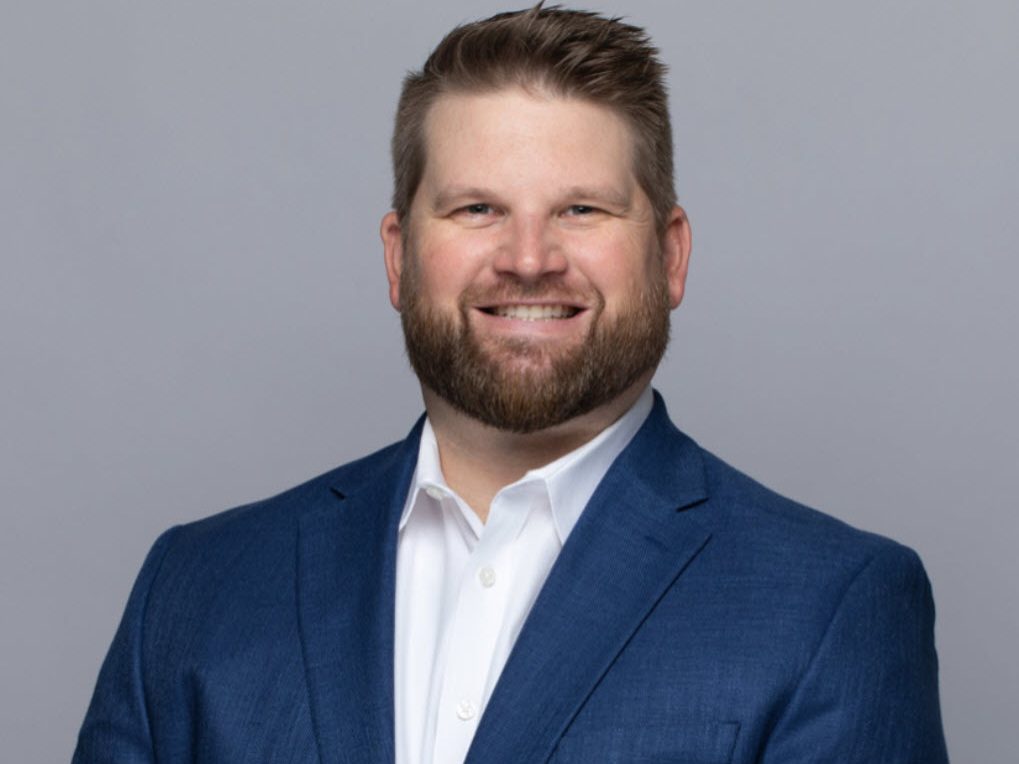Medical Office to Perform Well in 2024: Report

Despite facing similar challenges to other CRE sectors, resulting in declining transactional and lending volumes in 2023, medical office—and the health-care industry at large—continues to perform well overall, according to a recent study from Partner Valuation Advisors.
For one thing, occupancy remains attractively high compared to other classes, and an aging U.S. population creates ample demand for health-care services. And while interest rates are expected to remain elevated this year, the report states, “The lack of new supply and favorable demographic trends offer an attractive investment environment for health-care investors.”
READ ALSO: MOB Sector Remains Stable, Attractive
As fundamentals in the sector remain strong, the need for MOBs and other health-care properties continues to increase, said Erik Hill, PVA national practice leader of health-care and life science, in prepared remarks. He also emphasized that the sector maintained good occupancy and steady rent growth over the past decade, also mentioning high tenant retention rates and limited supply as incentives for long-term investors.
However, the sector did not remain unscathed: Due to increased capital costs and rising cap rates, most respondents believe the value of health-care properties has declined by 10 to 20 percent over the past 12 months.
The survey involved leaders across the industry, including lenders, investors, developers and investment sales professionals.
Medical office in focus
The survey report highlights several prominent points on MOBs:
On-campus MOBs continue to command premium prices compared to off-campus assets. Survey respondents generally indicated that a cap rate premium of up to 25 basis points is common.
Cap rates for MOBs increased due to interest rate hikes. Based on the widespread expectation of Fed rate cuts over the next 12 to 24 months, however, many investors are starting to underwrite exit/ reversion cap rates that are closer to the going-in rates for MOBs. Nearly half of survey respondents predict that exit/reversion rates will have a spread of 25 to 50 basis points above the going-in cap rate, while almost as many (39 percent) anticipate a spread of 0 to 25 basis points.
PVA has seen spread compression between the exit/reversion rate and expected discount rates for MOBs. Half of survey respondents (50 percent) indicate they expect discount rates to continue to be compressed over the next year, with typical discount rates expected to be 75-100 basis point higher than exit/reversion rates.
This past December, Commercial Property Executive spoke to several experts about the MOB outlook for 2024. The trend piece noted that although transaction volume slumped in 2023, the national average price per square foot was $296 in the first half of the year, compared with a typical range of $260 to $290 from 2017 to 2022.
The post Medical Office to Perform Well in 2024: Report appeared first on Commercial Property Executive.




